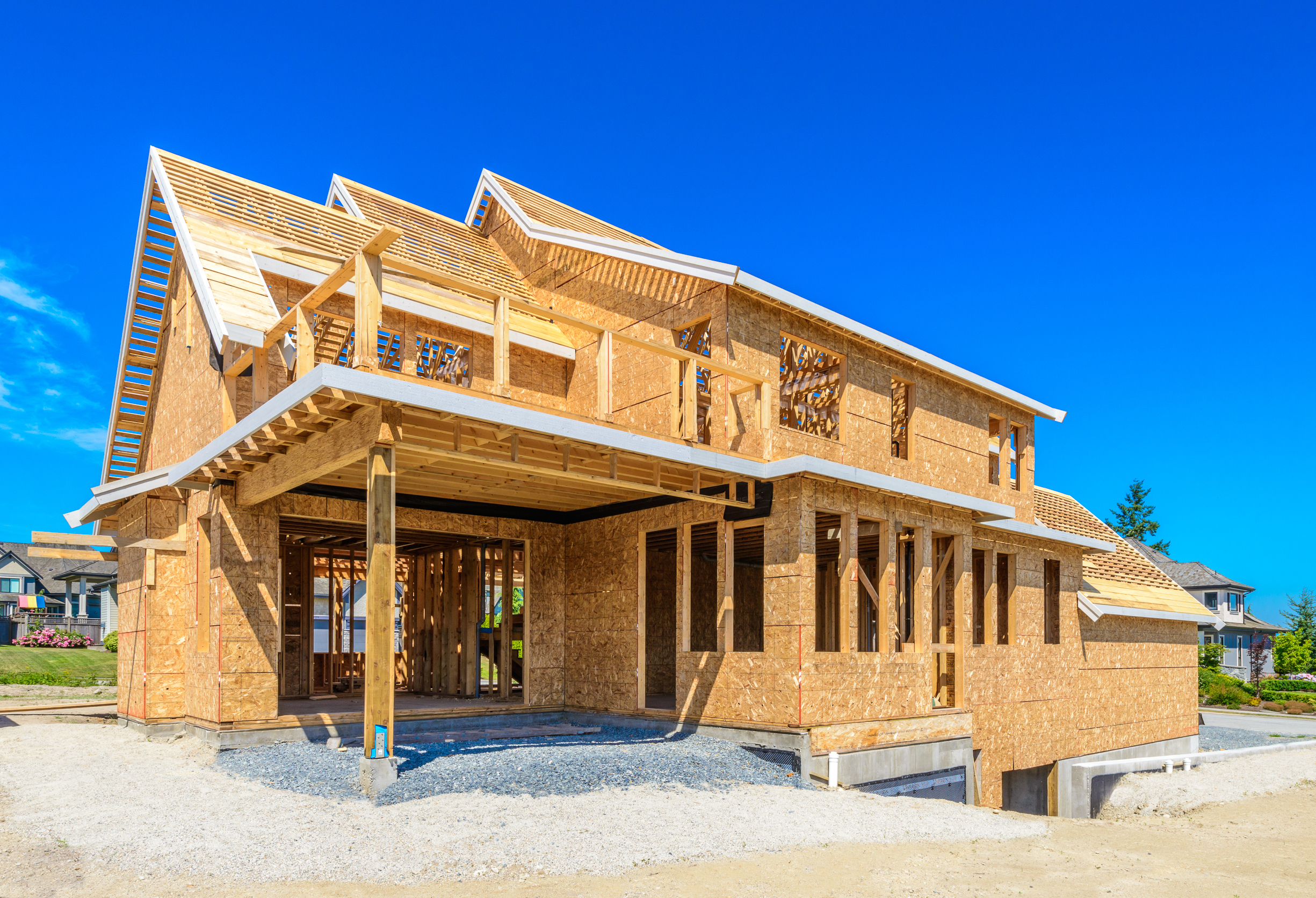
15 Apr Should I Build Homes for Rent?
There used to be an unwritten rule that a landlord shouldn’t buy new construction. The belief was that you pay more for new construction, and why have tenants put wear and tear on a brand new home? Yet a housing shortage in many areas of the country, heavy competition by buyers for limited inventory, and the purchase of tens of thousands of rental units by Wall Street-backed firms changed the collective thinking behind the properties that landlords buy.
Today investors, developers, and large firms are building entire communities for short-term (less than one month), mid-term (one to six months), and long-term rentals. Large apartment complexes are being constructed. Firms are buying thousands of single-family homes that are less than 10 years old. Even good economic times and the stimulus money from 2020-2021 have spurred many individual investors to buy rentals.
Syndicates allow individual investors to buy a share of a well-managed apartment complex or BFR (Build For Rent) community. This allows some people to receive the monetary benefits of being a landlord without the management responsibility or legal liability.
A new house or apartment building will have low maintenance costs for a number of years. New construction is appealing to many renters, and they might even pay a little more for the value of a new home. If there is a community of rental homes, there may be economies of scale with property management and maintenance.
Some BFR communities are built and leased in the hopes that a Wall Street firm will buy the completed and stabilized project. Other BFR communities lease homes for the first few years and then start selling homes over time.
If you’re an individual landlord considering a newly-built home, remember to factor in lower maintenance costs for the next several years. Imagine a landlord who buys an older house with a 25-year old roof and a 15-year old HVAC system. In the next five years or less, they will have large capital expenditures. Therefore, they have to set aside money for those eventualities. However, if you buy a new home, you don’t have to set aside money for capital improvements for quite some time. Even though you may pay more per square foot for a new home versus an older one, the cash flow numbers could be roughly equivalent when you factor in the savings from no capital improvements.
Really, it comes down to a supply and demand issue. If you’re a landlord, you’re playing the long game. I owned my first home (a duplex) for 17 years. When I sold it, I did a 1031 tax-deferred exchange to buy another rental property. The wealth-building aspect of owning and leasing real estate is powerful when you give it time.
Tai DeSa is a graduate of The Wharton School of the University of Pennsylvania. He became a full-time real estate investor in 2004 after serving in the U.S. Navy. Tai made colossal mistakes in investing (and learned some things along the way). Tai has coached hundreds of entrepreneurs, real estate investors, and real estate agents on how to increase their income and net worth. He has helped hundreds of homeowners avoid foreclosure through successful short sales. Check out Tai’s books on Amazon.com. Tai may be available for coaching and speaking engagements on a variety of real estate topics. Send an email to tai@investandtransform.com.






No Comments